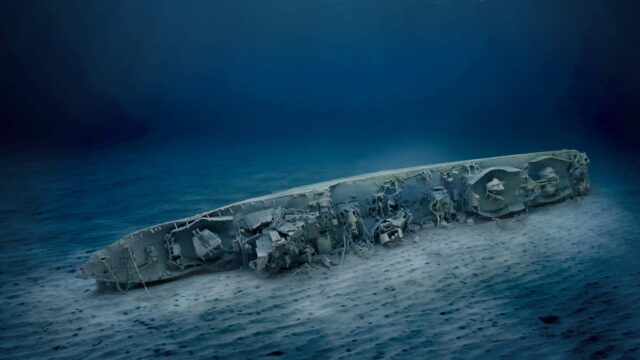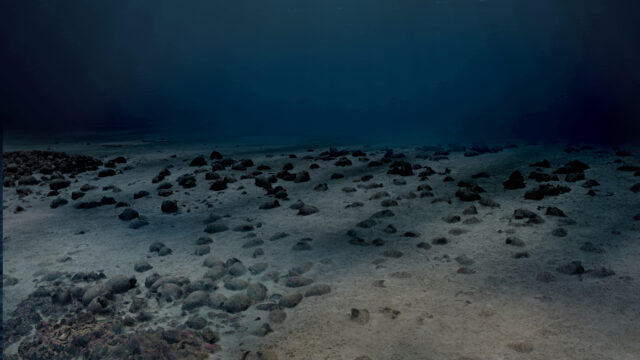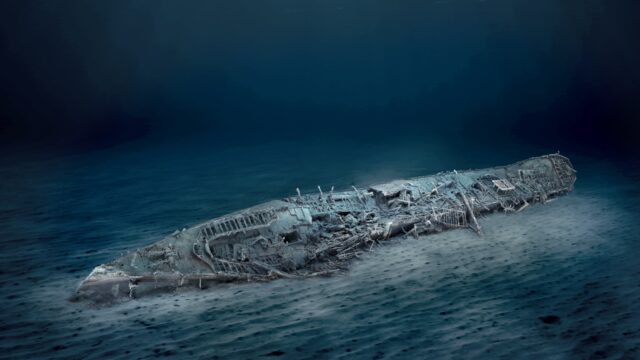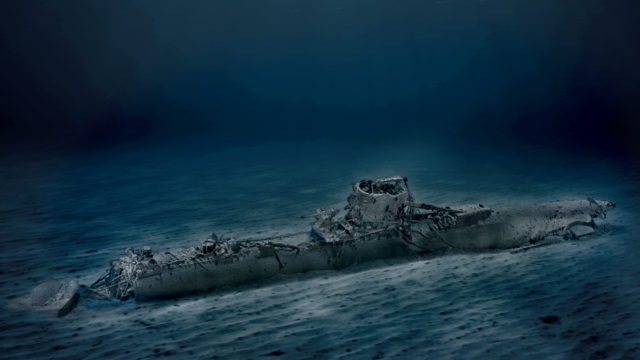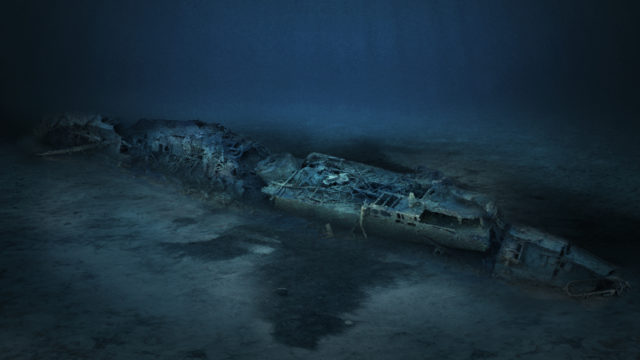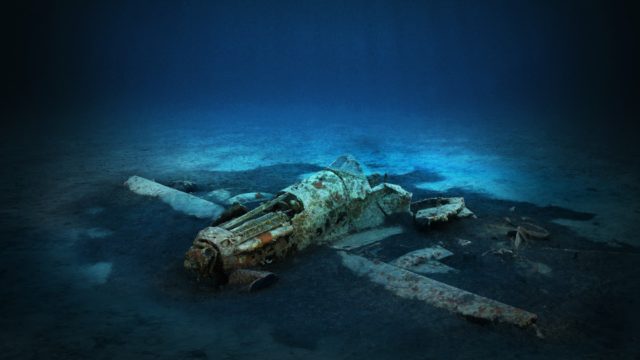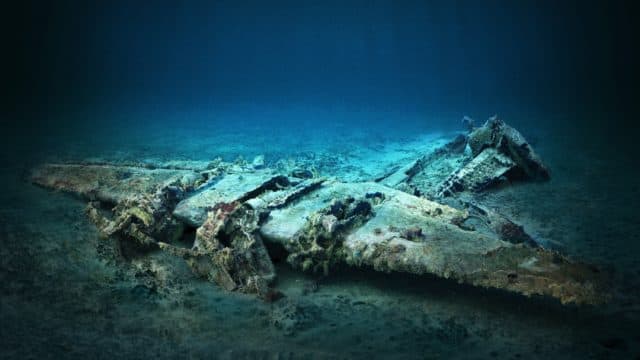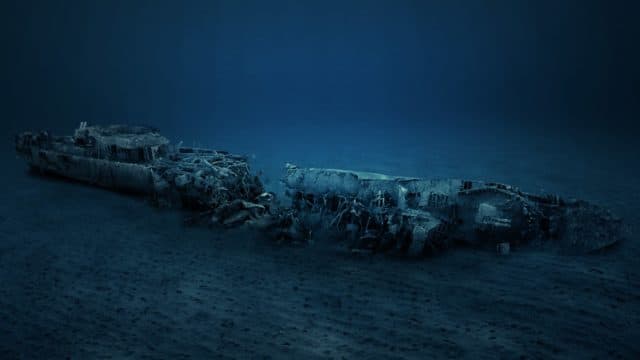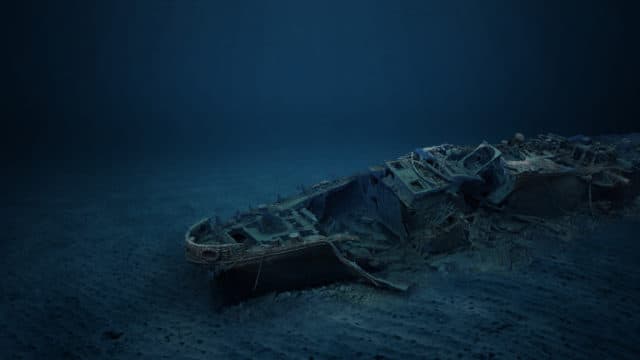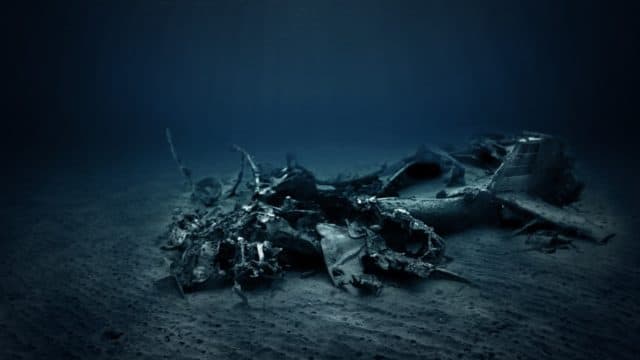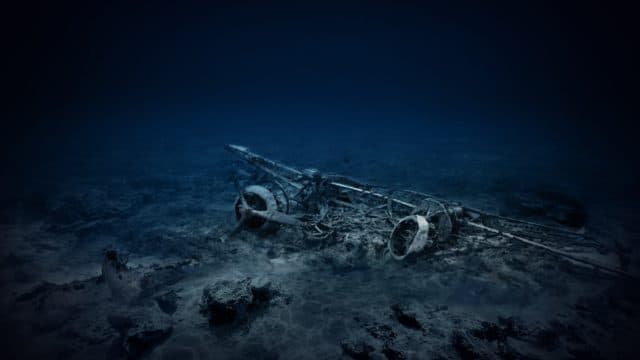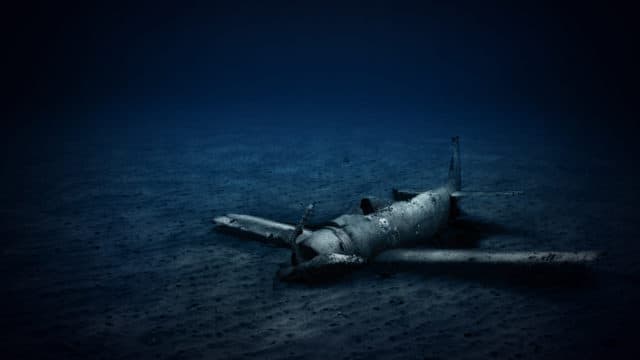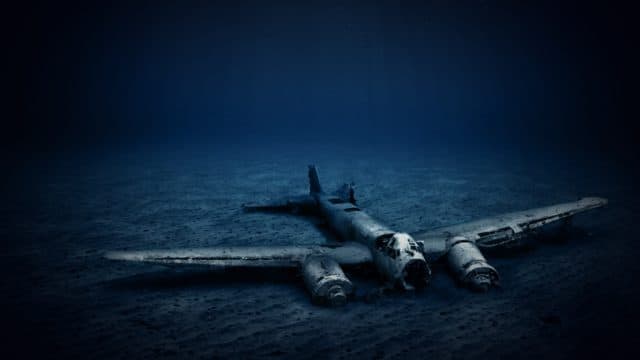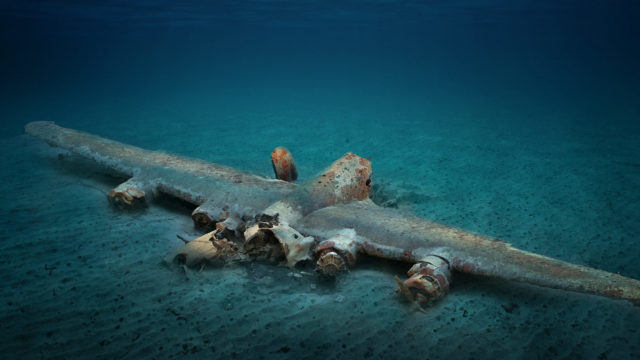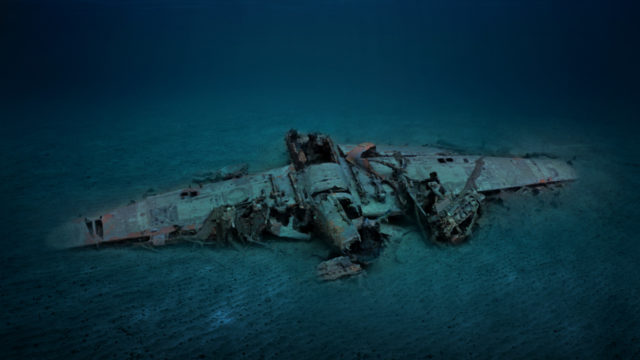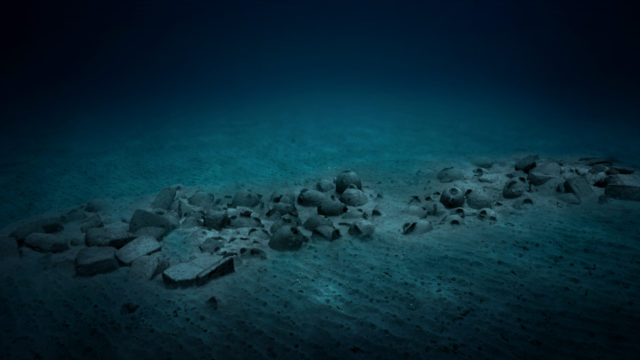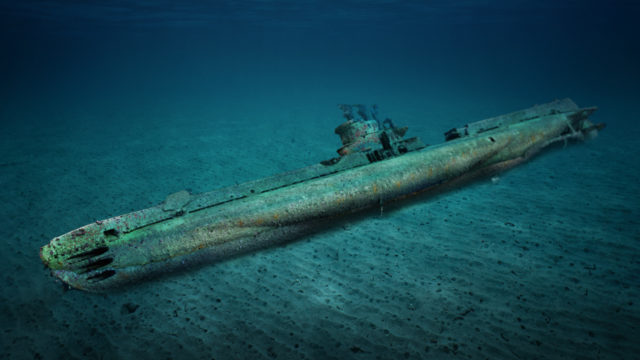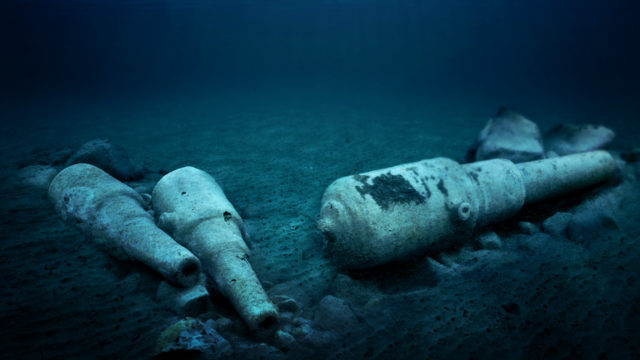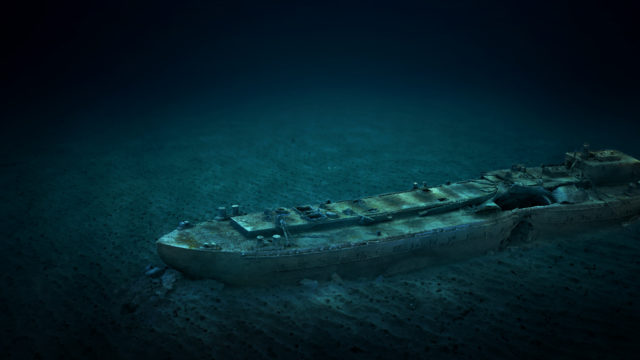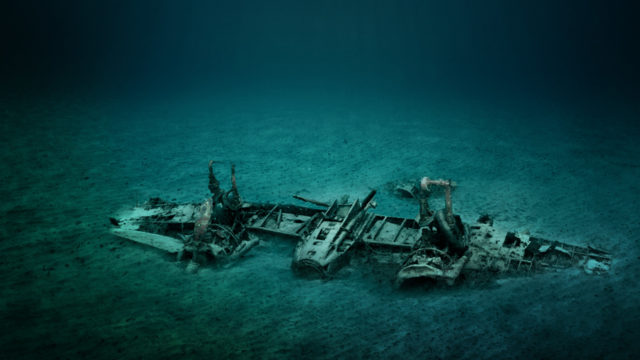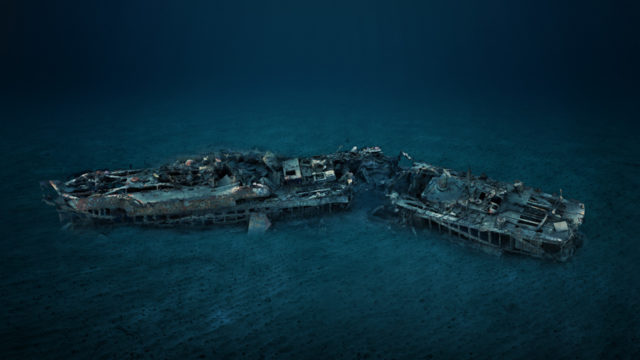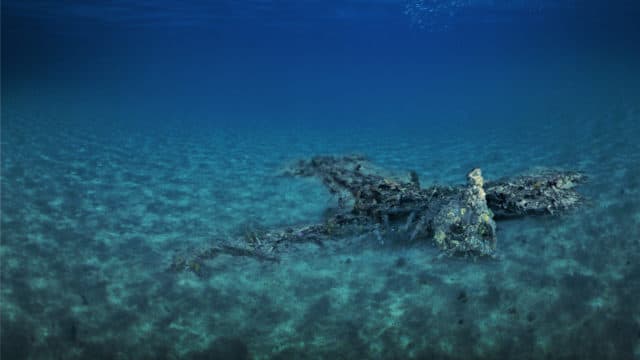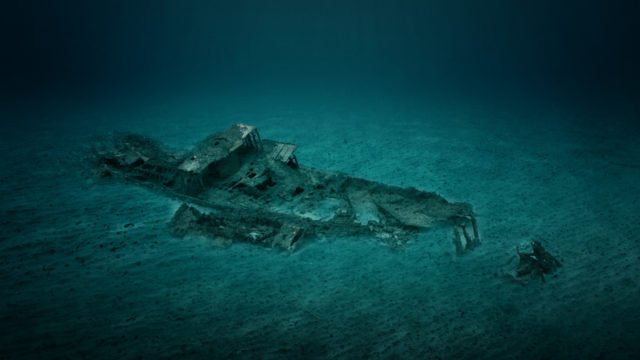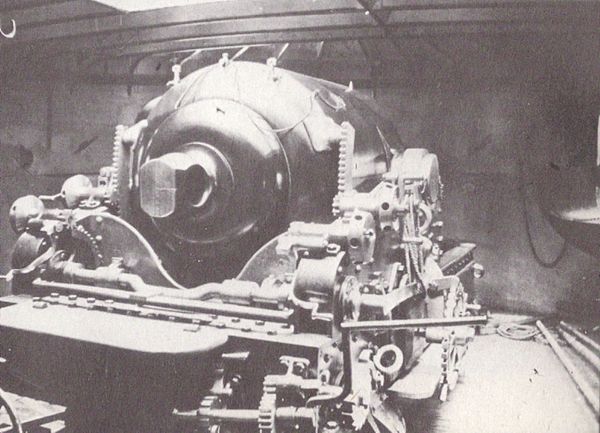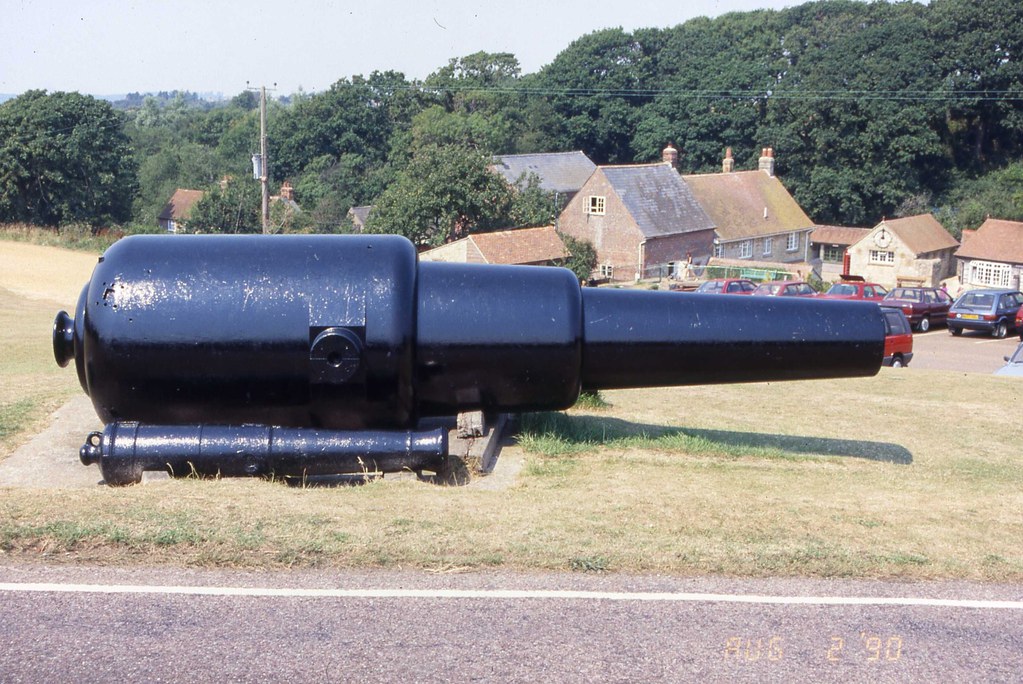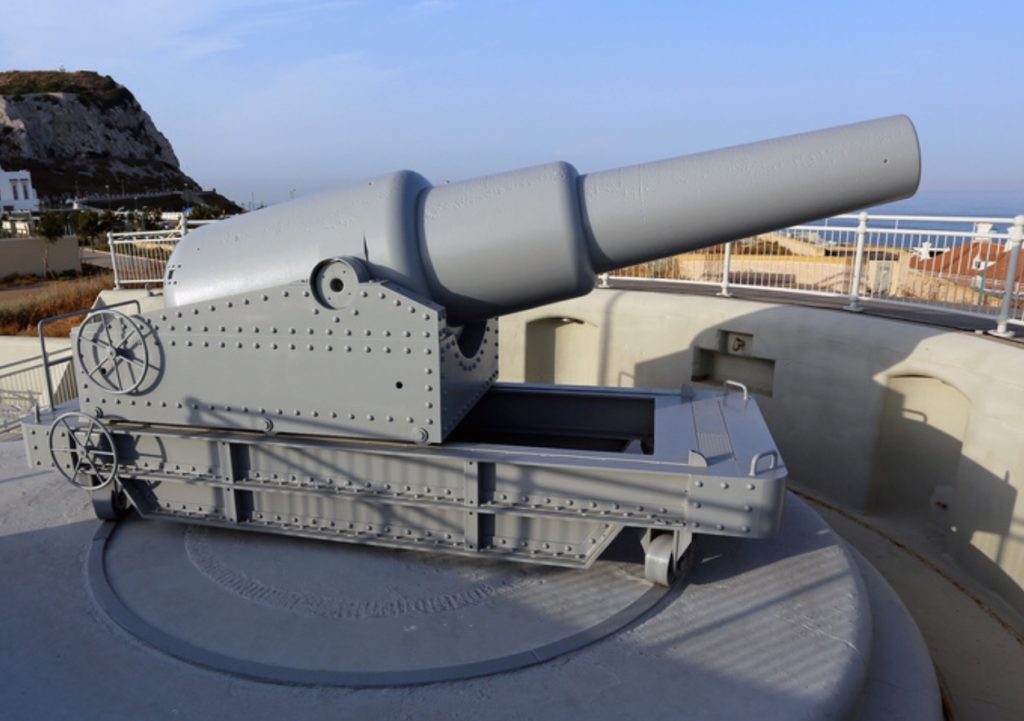Victorian Guns
Victorian Guns
Fort Ricasoli was constructed by the Order of St. John between 1670 and 1698, with its location commanding the entrance to the Grand Harbour.
The fort is considered to be the largest in Malta, and at one point in its history it was also the most heavily armed, with eighty cannons registered in 1785. Fort Ricasoli continued to maintain an active military role during the British period, playing an important part in the coastal defence of Malta. This role necessitated the continuous updating of armaments used at the fort, which by 1864 had a registered 104 guns in use. Throughout the Second World War, Fort Ricasoli continued to play a strategic role in defence of the Grand Harbour, which led to the fort becoming a prime target for aerial attacks, which have left their scars on the fabric of the fort. From the early 1960s onwards, the fort has been left to deteriorate, a deterioration which has been particularly extreme due to its exposed location at the entrance to the Grand Harbour.
The Wreck.
A cave beneath Fort Ricasoli, believed to be the result of a collapse of the fort itself, is today the resting place of three Rifle Muzzle Loading guns (RML’s), a type of British artillery piece in use during the late 19th century. These three guns, one 38-ton 12.5-inch gun and two 25-ton 12-inch guns, are located underwater at a depth of 3 metres, in this collapsed section of the fort. These guns are accessible from the open sea and through an archway, a location which ensures that the guns are often exposed to the strong winds that regularly batter the fort.
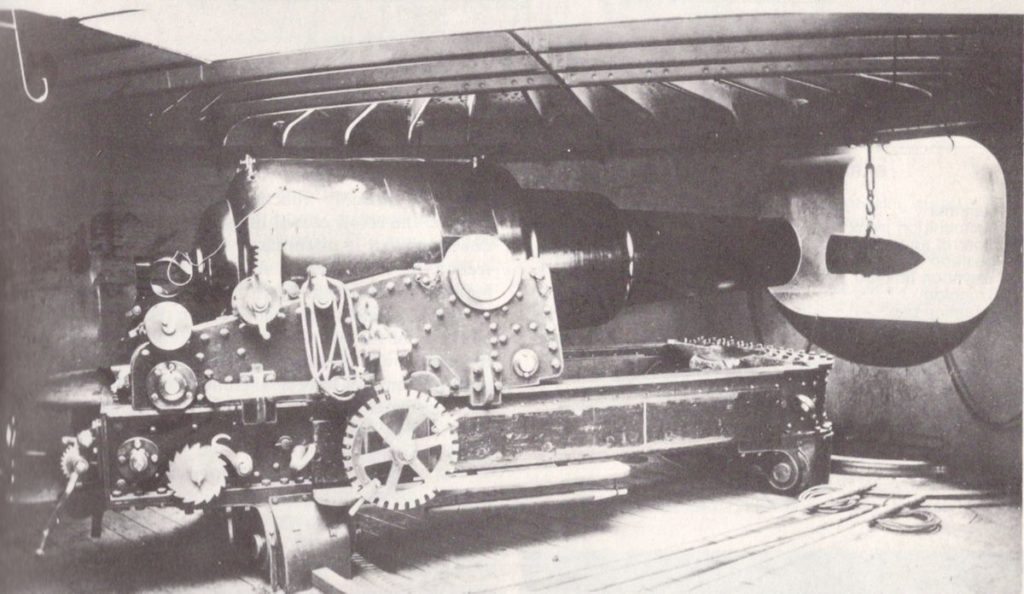
Muzzle
The muzzle of these types of cannons is characterised by rifling, which can be defined as spiral groovings that are machined into the internal surfaces of the cannon’s barrel. The purpose of these groovings was to exert the moment of forces which introduced a spin to the projectile. The muzzle of the cannon is the front end of the barrel, from which the projectile is ejected, and the precision of the machining of the muzzle is crucial to the accuracy of the projectile since it is its last point of contact with the barrel. In rifled barrels such as those of RML’s, the outline of the muzzle is designed in such a way that the rifling is safe from damage by intruding foreign items, with the front end of the rifling commonly protected behind a recessed crown, which is recessed from the outer rim of the muzzle in order to protect it from damage.
Material
These RML cannons were built out of a mild steel inner tube that was surrounded by an outer tube made of wrought iron coils, that were essentially shrunk onto the inner steel tube. Mild steel is an iron that contains a small percentage of carbon and is considered to be tough and strong. Wrought iron is an iron alloy that also has a low percentage of carbon, also tough and easily-welded. The RML cannons are thus defined as composite material objects, since they are built-up out of two different metals. This composite nature affects the corrosion rate of the cannons, since the different metals corrode at different rates, and any future conservations measures would have to take this into consideration.
Back of Gun
Rifle-Muzzle Loading guns are often compared to breech-loading cannons, where the projectile is loaded into the cannon from the back, rather than from the muzzle. Thus, RML cannons have a distinctly different breech end, which is known as a cascabel. This is comprised of a knob and a neck, that attaches the knob to the barrel of the cannon. The main function of the cascabel is the attachment of ropes to deal with the recoil of firing the cannon.


